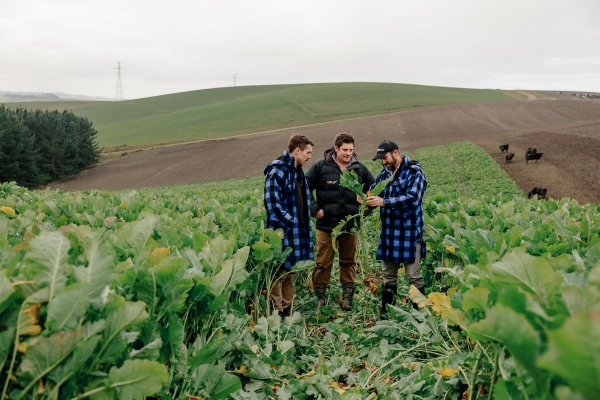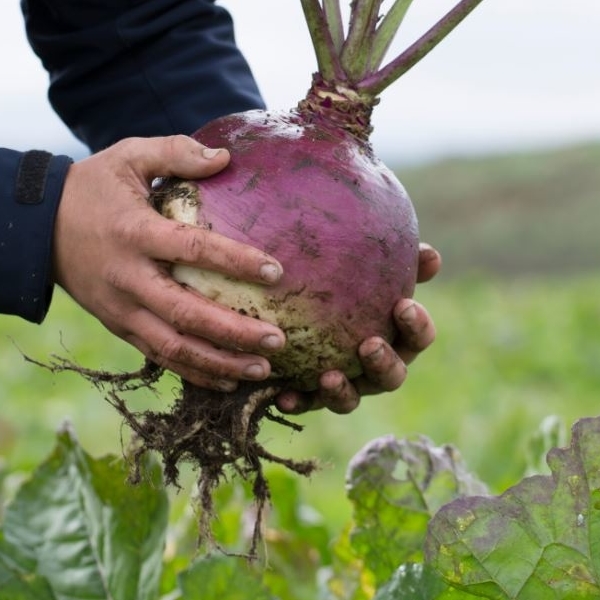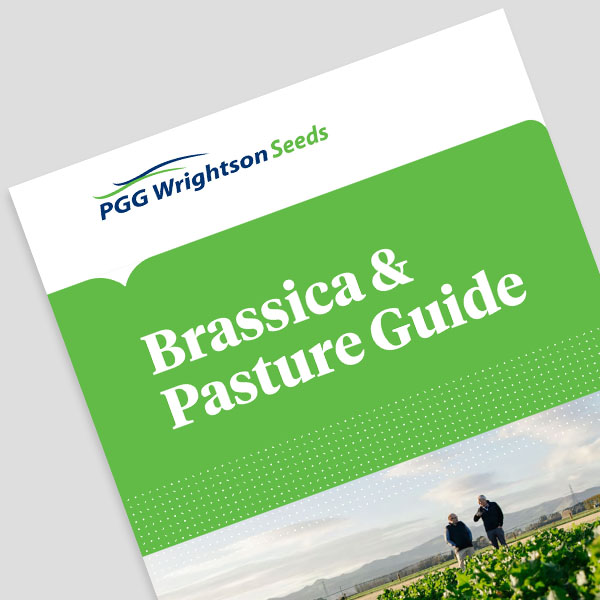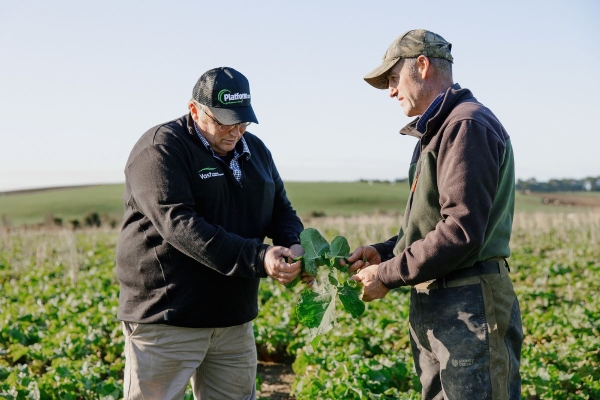Planning and preparation
Preparation for a spring planted brassica crop ideally starts in the previous autumn
Selecting a brassica
Soil testing at this point allows time to correct deficiencies that may be present. The optimum pH for brassica is in the range 5.8-6.2, which can take six months to correct with lime. An autumn spray-out of run-out pasture achieves control of clover and perennial weeds. Sowing of an annual or Italian ryegrass provides high yields of quality pasture during the winter break. Consider implementing this approach for next seasons cropping programme.
Key activities
- Soil test paddocks at least 6-8 weeks prior to sowing.
- Apply fertiliser as per specific soil test recommendations.
- Aim to control all weeds prior to sowing.
- Sow the most suitable brassica crop for your needs, with seed sown approximately 10 mm deep and a soil temperature of around 10°C and rising.
- Use Ultrastrike®/Superstrike® treated brassica seed. This is recommended in both cultivated and direct drilling situations to enhance crop establishment and performance.

CROP ROTATION
Ideally, brassicas should not be planted more than once in a five year rotation where clubroot or dry rot is a problem, even when using clubroot or dry rot tolerant varieties. Kale and Raphno should be the only brassicas considered for a second crop and should not be sown if clubroot has been observed in the previous crop.
CROP HUSBANDRY
If brassicas are sown following a crop, consideration should be given to the previous crop’s herbicides when making the brassica selection.



